Soil Conservation and Water Quality Plan (SCWQP)
Purpose/Function:
SCWQPs include management practices such as crop rotations and structural practices such as sediment basins and grade stabilization structures. Also, included in a SCWQP are recommendations concerning forestry management, wildlife habitat and plantings, pond construction and management, and other natural resource management recommendations. The practices are designed to control erosion within acceptable levels and to be compatible with management and cropping systems.
Initiation protocol:
Contact the local Soil Conservation District or University of Maryland Extension for assistance.
Implementation Factors (level of difficulty):
Easy and FREE!
Funding Sources / Options:
One hundred percent of funding can be obtained from the Maryland Department of Agriculture and the Soil Conservation Districts, specifically Maryland Agricultural Cost-Share (MACS) Program and federal Farm Bill programs.
Costs:
Costs estimated as $ per acre of practice installed.
| Cost Estimates | EPA | MDA | Average |
| Initial | $- | $450 | $450 |
| Annual | $15 | $- | $15 |
| Lifespan (yrs) | 1 | 10 | |
| Annualized | $15 | $45 | $30 |
Note: MDA costs take into consideration the cost of staff time and resources to develop the plans; there is no cost to the farmer to develop a plan.
Load Reduction Efficiency:
Average Total Nitrogen removed per acre of practice per year
|
Low 0.29 lbs. |
Medium 0.40 lbs. |
High 1.03 lbs. |
Cost per pound removed = between $44 and $155
Average Total Phosphorous removed per acre of practice per year
|
Low 0.03 lbs. |
Medium 0.07 lbs. |
High 0.19 lbs. |
Cost per pound removed = between $237 and $1,500
Average Total Suspended Solids removed per acre of practice per year
|
Low 8 lbs. |
Medium 29 lbs. |
High 133 lbs. |
Cost per pound removed = between $0.34 and $5.63
Related Best Management Practices
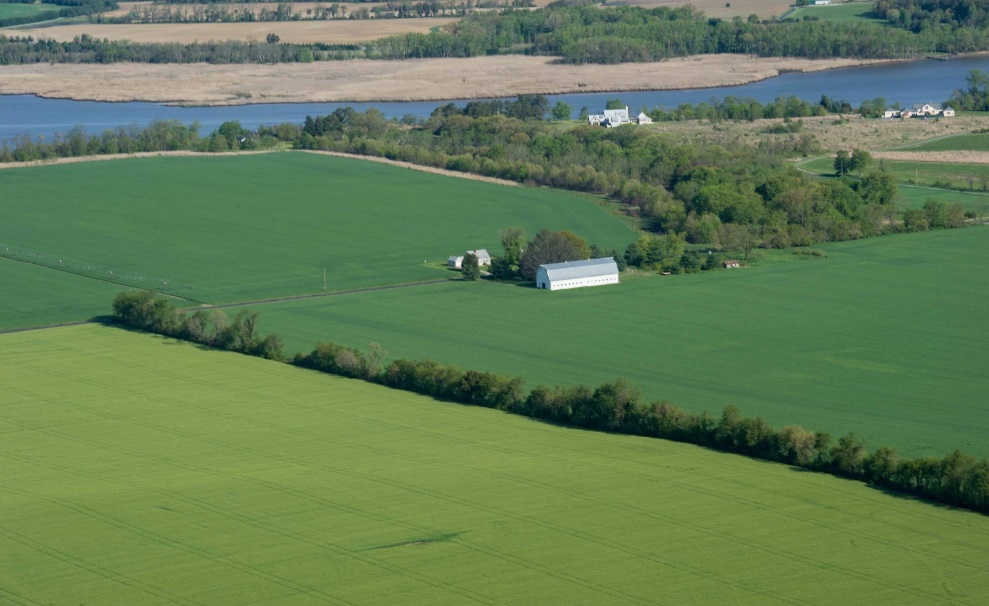
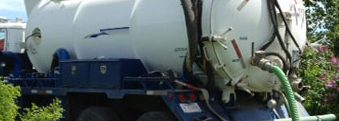


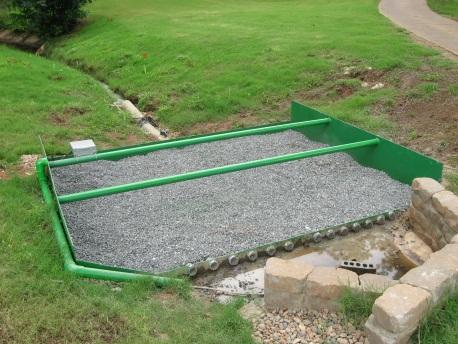
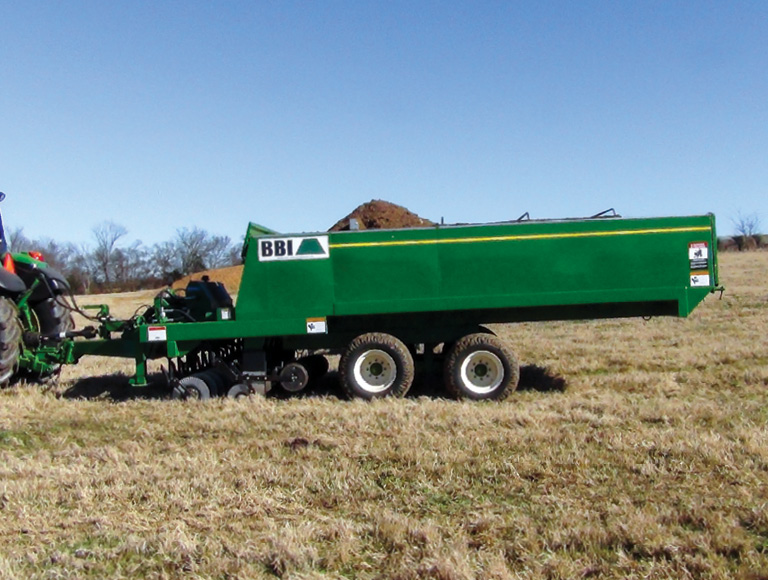
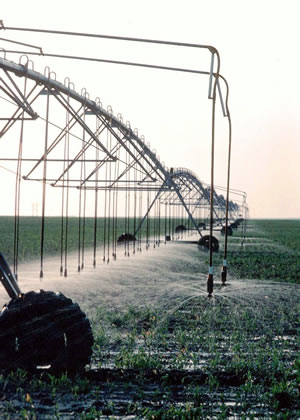
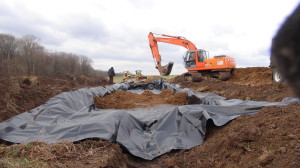
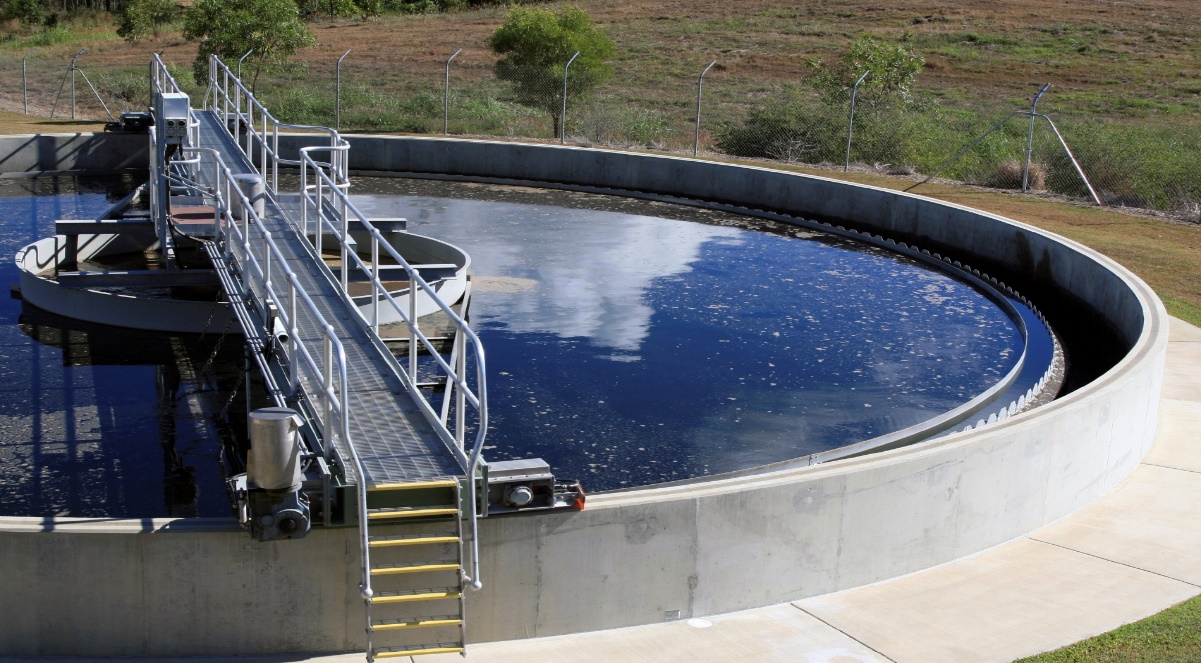


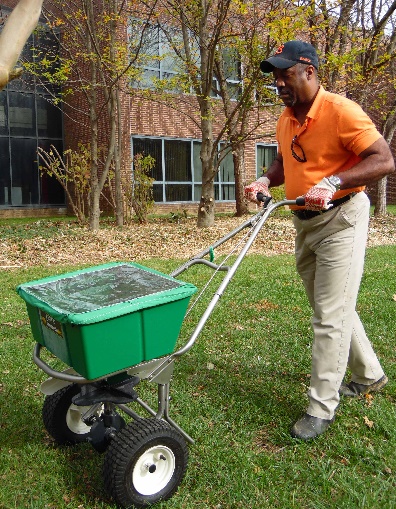

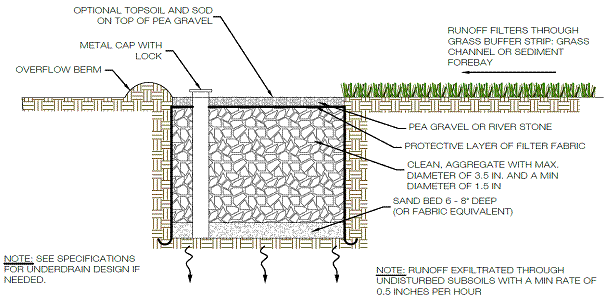
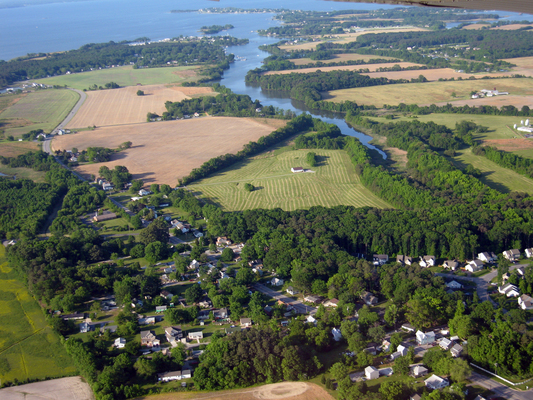
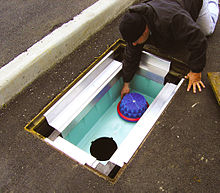
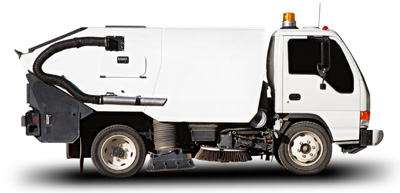
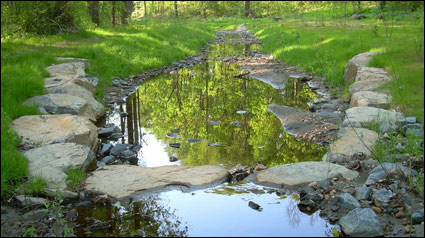
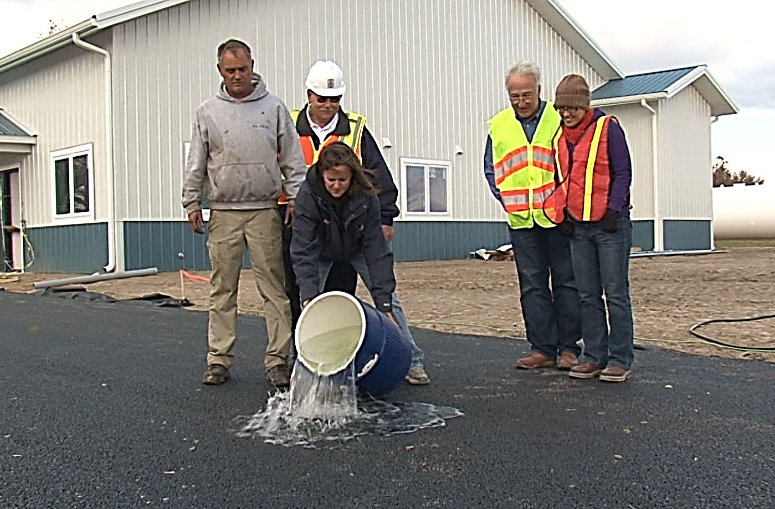
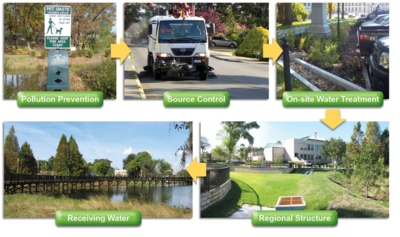
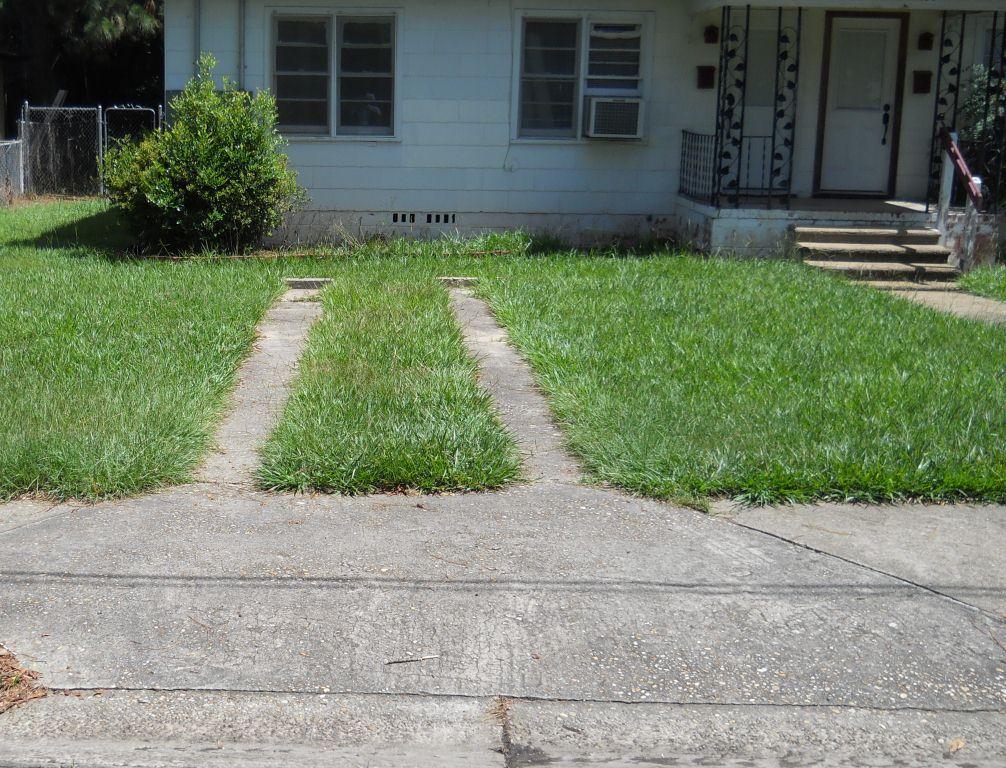
Feedback on This Best Practice